Results
-
 £76.99
£76.99Yellow River
The little known English group Christie became famous overnight in 1970 when they released the record Yellow River. Yellow River is a Vietnam era song (a protest against the Vietnam War) and describes the wish of a soldier at the front to return home. Band leader, singer and composer Jeff Christie initially wrote the song for The Tremoloes, but as the group were uncertain about it he decided to record it himself. The result was a number one hit in over 25 countries! The catchy melody and beat were reason enough for Stefan Schwalgin to create this arrangement for concert band.
Estimated dispatch 7-14 working days
-
 £84.99
£84.99Kein Schner Land - Gerald Oswald
Kein schner Land is surely one of the best-known of all German folk songs. The song recounts the story of a group of friends who spend a happy evening singing.The arrangement by Gerald Oswald begins with an evening mood, followed then by the theme in various instruments and in different forms. After a grandioso, the composition returns to the evening mood. Kein schner Land is a timeless folk song that we still take to our hearts even today.
Estimated dispatch 7-14 working days
-
£84.99
Nostalgia - Christian Bouthier
In this stunning work French composer Christian Bouthier has created a nostalgic French chanson, a form of song popularised by the ambassador of French song Charles Aznavour. The piece is characterised by a peaceful, moving melody filled with meditative sounds that encourage a blissful dreaminess.
Estimated dispatch 7-14 working days
-
 £154.99
£154.99Arkansas - Jacob de Haan
The American state of Arkansas is often called 'the natural state' and 'the land of opportunity.' This piece belongs to Jacob de Haan's series of musical montages depicting various states in the USA, including Dakota, Oregon and Virginia. Arkansas is a suite in three movements based on a well-known native American folk song. It appears as a ballade, variations and finally accompanies a jazzy rhythm. The folk song helps provide continuity throughout the three movements. A perfect addition to any concert.
Estimated dispatch 7-14 working days
-
 £72.99
£72.99For Heaven and the Future - Samuel R. Hazo
The title of this expansive work from Samuel Hazo draws inspiration from a Robert Frost poem, and the thematic material is a creative interpretation of the English folk song Seventeen Come Sunday. Differing from Vaughan Williams'treatment of the same tune in English Folk Song Suite, this setting remains at a slow tempo throughout and undergoes a myriad of changes through use of harmonic and textural variations. Beautifully and effectively paced with keyimpact points at just the right moments. Dur: 5:00
Estimated dispatch 7-14 working days
-
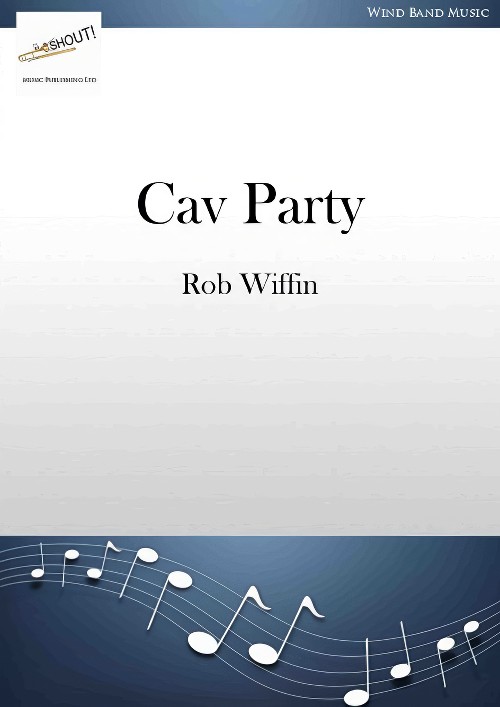 £49.95
£49.95Cav Party (Concert Band - Score and Parts) - Wiffin, Rob
Cav Party was commissioned by The Band of the Household Cavalry in 2020. The idea was to showcase the various musical elements of the band in a party piece that gets more boisterous as it goes on. It utilises three Eighteenth century melodies associated with the band, starting off with a folkish setting of Handel's March from Scipio for harp, violin, flute and cor anglais (all fully cued on regular wind band instruments) and then into Keel Row where the accordion is featured before the whole band enters, and finally to Money Musk. Both Keel Row and Money Musk are played as Trot Marches by the band.The regimental slow march Scipio comes from Handel's opera of 1725 The Mercy of Scipio, which was based on the life of the Roman General Scipio Africanus.Keel Row is a traditional folk song evoking the life and work of the keelmen of Newcastle upon Tyne. It was first published in 1770, although it could be considerably older. The opening lines of the song describe Sandgate, the part of the quayside overlooking the River Tyne to the east of the city centre where the keelmen lived.Money Musk, also known as Monymusk or Monnymusk was originally a pipe tune composed by Scottish fiddler Daniel (sometimes Donald) Dow (1732 - 1783) in 1776. It takes its name from a baronial estate in Aberdeenshire, Scotland called Monymusk House. The tune first appeared in Dow's Thirty Seven New Reels, c. 1780 under the title Sir Archibald Grant of Monemusk's Reel.Duration: 3.45
Estimated dispatch 7-14 working days
-
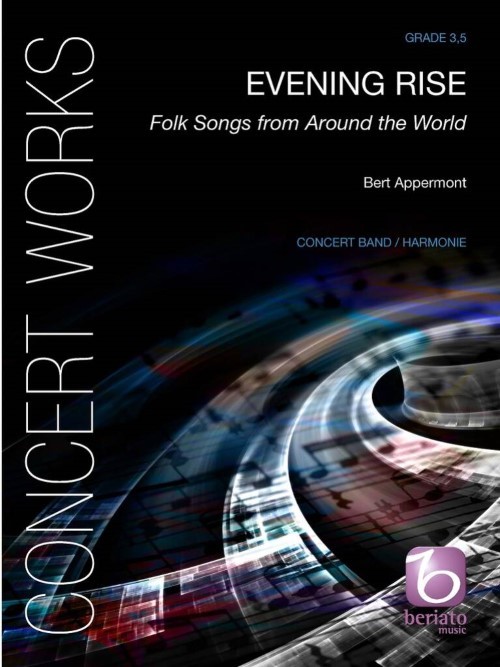 £102.99
£102.99Evening Rise (Concert Band - Score and Parts) - Appermont, Bert
Folk Songs from Around the WorldThis work is based on five folk songs from different cultures. Each song brings its own atmosphere and character, giving rise to a musical journey across the world in one continuous whole. Featuring Evening Rise (America), Lo Yisa Goy (Israel), Sakura (Japan), Finnegans Wake (Ireland) and Siyahamba (South Africa). The Native American song Evening Rise functions as a sort of chorus and thus creates a certain unity; each time the melody is arranged in a different way.Duration: 7.45
Estimated dispatch 7-14 working days
-
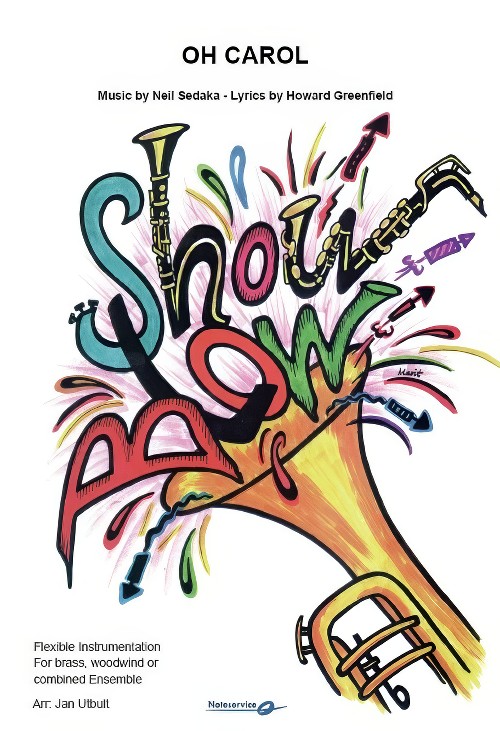 £66.95
£66.95Oh Carol (Flexible Ensemble - Score and Parts) - Greenfield & Sedaka - Utbult, Jan
Oh Carol is an American song written by Neil Sedaka about his then girlfriend Carole Klein, who later called herself Carole King. The song was co-written with Howard Greenfield. After the single was released, it was included on the album Neil Sedaka Sings Little Devil and His Other Hits. Sedaka contributes a spoken restitution of the verse a second time. Sedaka also recorded a Hebrew-language version, written by Chaim Kaynan. Subsequently, a number of cover versions have been recorded, including by the band Smokie.Flexible instrumentation (Flex 5 ShowBlow) makes it playable for small as well as larger ensembles.Duration: 2.30
Estimated dispatch 7-14 working days
-
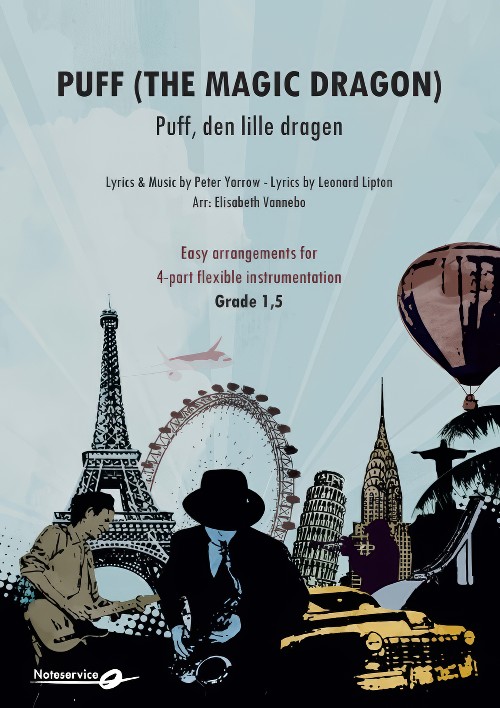 £46.00
£46.00Puff (The Magic Dragon) (Flexible Ensemble - Score and Parts) - Lipton & Yarrow - Vannebo, Elisabeth
The music for Puff, the Magic Dragon was written by Peter Yarrow from the group Peter, Paul and Mary. The lyrics is based on a poem written in 1959 by Peter Yarrow, at that time a 19 year old student from the University of Cornell. It tells the story of the ageless dragon ?Puff? and his playmate. Jackie Paper, a little boy who grows up while loosing the childhoods imagined fairy tales, let Puff be with himself. The history about the song takes place at the lake in the fictional town of Honalee. The song became a hit with the group Yarrow through a recording released in January 1963.Duration: 2.15
Estimated dispatch 7-14 working days
-
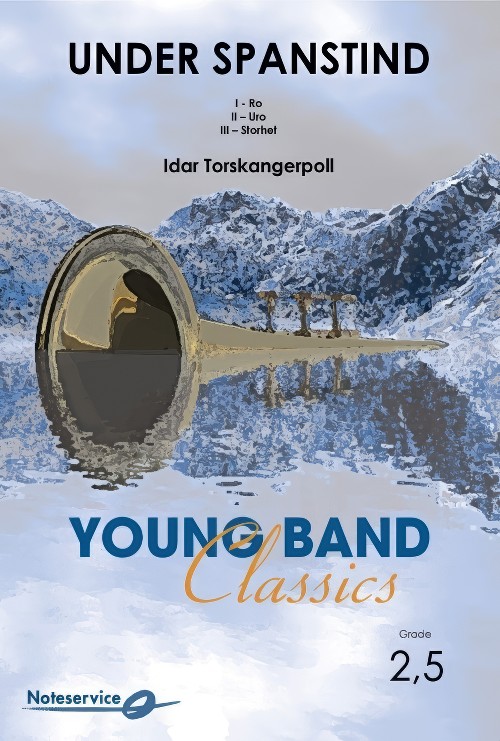 £85.00
£85.00Under Spanstind (Concert Band - Score and Parts) - Torskangerpoll, Idar
Suite in Three MovementsThis piece of music is a commissioned work for Lavangen School band and their band music convention in 2019. The piece was performed under the mountain Spanstind (located far north in Norway) by a band consisting of approx 400 amateur musicians. The mountain Spanstind is 1457 meters high and drops into the valley Spansdalen below, an especially scenic venue.The composition is inspired by the sami joik (folk song) Ru?gu?ohkka, the song to Spanstinden. It is also inspired by the nature of the surroundings. Mvt 1 "Ro" (calmless) describes the feeling of calmness in the midnight sun. Mvt. 2 "Uro" (unrest) describes a scene of wind, snow, avalance and the big forces of nature. Mvt 3 "Storhet" (greatness) describes the feeling of greatness the nature has, and how we experience it as majestic and exalted.The piece can be played with the movements alone, or one can add the signals played by soloist(s) off-stage or in the back of the hall. The signals are to be played before, in between, and after the 3 movements. All instruments can be soloists. The soloist performs the signals rhythmically aleatoric, where each soloist repeats the signal 4 times in his or her own tempo. Signal 1 is played before Mvt 1, signal 2 is played between Mvt 1 and 2, signal 3 is played between Mvt 2 and 3, and signal 4 is played while the band holds the last note (long, use stagger breathing). after a while, all the soloists end on the same note and the music fade out.Duration: 6.30
Estimated dispatch 7-14 working days
